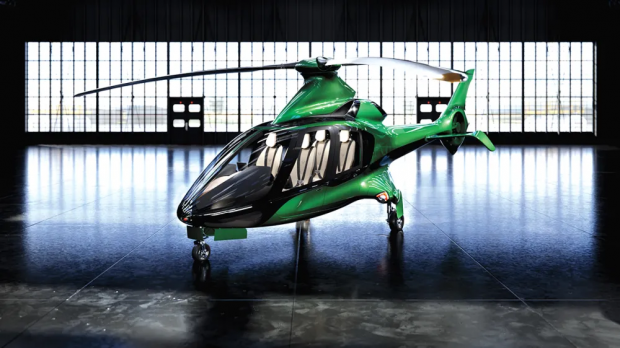
Breaking News
 James O'Keefe: My entire speech at AmericaFest 2025. We're not stopping. Join us to expose..
James O'Keefe: My entire speech at AmericaFest 2025. We're not stopping. Join us to expose..
 U.S. vs. Chinese Military Comparison – Focus on Asia-Taiwan Scenario
U.S. vs. Chinese Military Comparison – Focus on Asia-Taiwan Scenario
 DoJ Sues Four More States for Failing To Produce Voter-roll Data
DoJ Sues Four More States for Failing To Produce Voter-roll Data
 World's Largest Aviation Giant Abandons Google Over Security Concerns
World's Largest Aviation Giant Abandons Google Over Security Concerns
Top Tech News
 Perfect Aircrete, Kitchen Ingredients.
Perfect Aircrete, Kitchen Ingredients.
 Futuristic pixel-raising display lets you feel what's onscreen
Futuristic pixel-raising display lets you feel what's onscreen
 Cutting-Edge Facility Generates Pure Water and Hydrogen Fuel from Seawater for Mere Pennies
Cutting-Edge Facility Generates Pure Water and Hydrogen Fuel from Seawater for Mere Pennies
 This tiny dev board is packed with features for ambitious makers
This tiny dev board is packed with features for ambitious makers
 Scientists Discover Gel to Regrow Tooth Enamel
Scientists Discover Gel to Regrow Tooth Enamel
 Vitamin C and Dandelion Root Killing Cancer Cells -- as Former CDC Director Calls for COVID-19...
Vitamin C and Dandelion Root Killing Cancer Cells -- as Former CDC Director Calls for COVID-19...
 Galactic Brain: US firm plans space-based data centers, power grid to challenge China
Galactic Brain: US firm plans space-based data centers, power grid to challenge China
 A microbial cleanup for glyphosate just earned a patent. Here's why that matters
A microbial cleanup for glyphosate just earned a patent. Here's why that matters
 Japan Breaks Internet Speed Record with 5 Million Times Faster Data Transfer
Japan Breaks Internet Speed Record with 5 Million Times Faster Data Transfer
How Hill Helicopters Designed a Light Chopper That Looks and Feels Like a Supercar

Jason Hill has spent most of his career attempting to redefine the rotorcraft, and his futuristic HX50 chopper now looks like it may indeed establish another helicopter category. With its all-new design, from turbine to touchscreen the sleek flying machine incorporates a high-inertia three-bladed rotor system that should deliver a cruising speed of 160 mph with an 800-mile range. And while it's purported to fly well above its light-helicopter competitors in terms of avionics, styling, and interior space, what's perhaps most impressive about the five-occupant whirlybird is its intended starting price of approximately $798,000—about a third less than what a comparable rotorcraft might cost.
"The machine is designed to feel like a supercar," says Hill. "It's also geared to make everything about helicopter flying simpler than ever before." The HX50's carbon-fiber monocoque frame is a novel feature for a light-category helicopter, and the touchscreen display is proprietary to Hill. As for the roll cage, impact-absorbing seats, and crash-resistant fuel tanks and windows, those are all typically found on larger, more expensive copters.


 Advanced Propulsion Resources Part 1 of 2
Advanced Propulsion Resources Part 1 of 2

